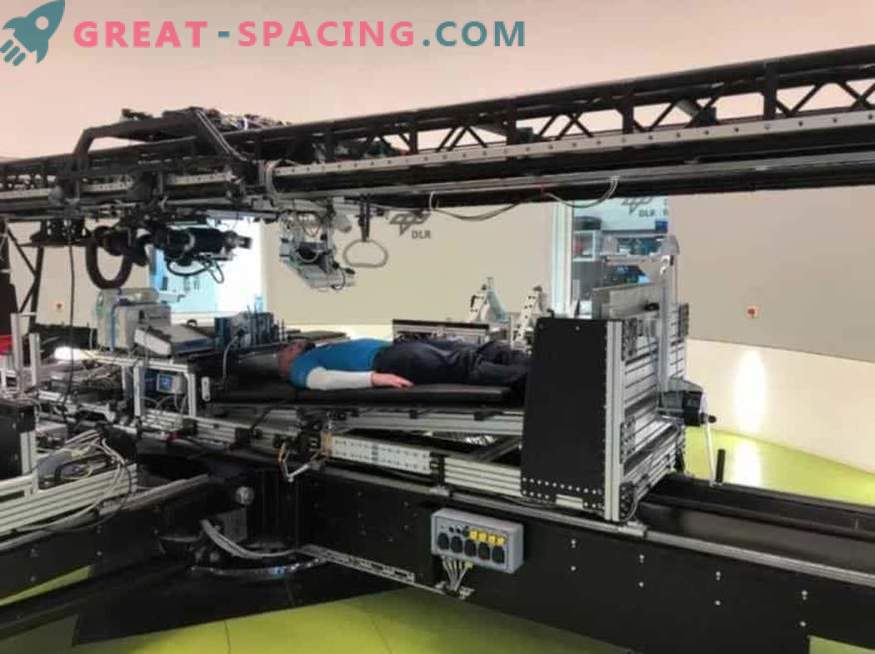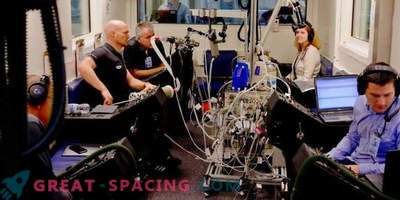
To help future colonists on long-haul flights, NASA scientists ventured to conduct a rather complicated and difficult experiment. New subjects will have to stay in beds for 2 months.
Man and space

Living terrestrial organisms are accustomed to the conditions of our planet, so they face many problems in outer space. Especially clearly the situation is seen with astronauts and astronauts on the International Space Station, who are forced to adapt to a new world.
Of course, the greatest threat comes in the form of radiation from cosmic and sunlight. But an important place is given to weightlessness, which gradually causes significant damage to the body. Let's start with space adaptation when new conditions cause nausea, headaches, vomiting and even hallucinations. This condition may last for several days.
The longer the astronaut remains in zero gravity, the more difficult the situation, as changes begin to occur in the body. Pressure falls on the eyes and heart. But the primary danger is muscular atrophy and reduction of bone mass. The muscles are in a relaxed state, which is why the crew members cannot even move independently upon returning home. In order to somehow reduce the impact, astronauts spend at least 2 hours a day in active training on a treadmill and with simulators. It is also important to observe the diet and constantly checked. This slightly reduces the consequences, but does not eliminate the cause. Scientists decided to study this issue and conduct a new unusual experiment.
Bedridden

The NASA experiment started on March 25th. What is it? Scientists have chosen 24 volunteers who will be bedridden for 2 months. No walking, sitting, getting up. Lie down! It seems that we face the dream of any lazy, but it is incredibly dangerous for the body. Zero activity leads to atrophied muscles (as in weightlessness), and the correct rhythm of blood circulation is disturbed.
Unfortunately, in terrestrial conditions, only prolonged immobility can recreate the conditions on the ISS. Researchers and test subjects understand that the consequences can be difficult and re-adaptation will not be easy, but they agree to a certain sacrifice to help future colonists.
How will the experiment go?

Patients will be taken to bed rest at the Envihab Medical Center (Cologne, Germany). The beds are special platforms where the level of the head should be 6 degrees below the standard, and one shoulder must touch the mattress all the time. In order for the experiment to bring maximum benefit, the team was divided equally. The first group will be bedridden in the usual conditions. But the second is going to be additionally placed in a centrifuge, which will allow to recreate the artificial gravitational influence.
All 2 months the experimenters, doctors and psychologists will observe the participants (breakdowns and tantrums are possible). It is important to control all the time how the muscles, internal organs work, whether there are changes in the metabolism, as well as how immobility affects mental and mental state.
Postscript
Scientists admit that this is a difficult experiment, because not everyone is ready to lie in bed for 2 months. It is really physically difficult, especially since the re-recovery period will have to be spent for at least a month. But the results are used to improve conditions in future long flights and to help colonists cope with weightlessness.











































